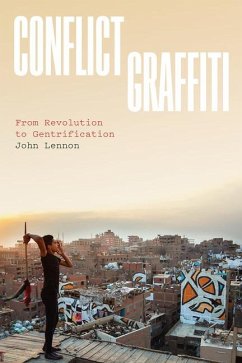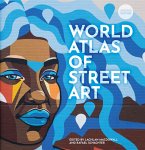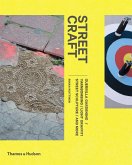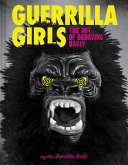"Graffiti is by nature a protean art. In movies, it is often the backdrop used to create a sense of danger and lawlessness. In bathroom stalls, it is the disembodied expression of gossip, lewdness, or confession. In protests, it is a resistive tool, visually displaying the cacophony of disparate voices and interests that come together to make up a movement. Every graffito has an unstable afterlife-fated to be added to, transformed, overlaid, photographed, reinterpreted, or painted over. In short, as this book artfully explains, graffiti makes for messy politics. It brings the unwieldiness of the crises it engages to the fore, giving shape to a conflict's evolving nature. The book closely examines the many permutations of graffiti in conflict zones-moving from the protest graffiti of the Black Lives Matter movement in Ferguson and the Arab Spring in Egypt to the tourist attraction murals on the Israeli Separation Wall, to the street art used for city rebranding and beautification in Detroit and post-Katrina New Orleans. Graffiti has played a crucial role in the revolutionary movements of these locales, but has also been variously appropriated, policed, and exported, ushering in postconflict consumerism, gentrification, militarization, and anaesthetized forgetting. Yet, the book concludes, as protest movements change and adapt in turn, graffiti is also uniquely suited to shapeshift with them, opening up new apertures of resistance with every wave"--








